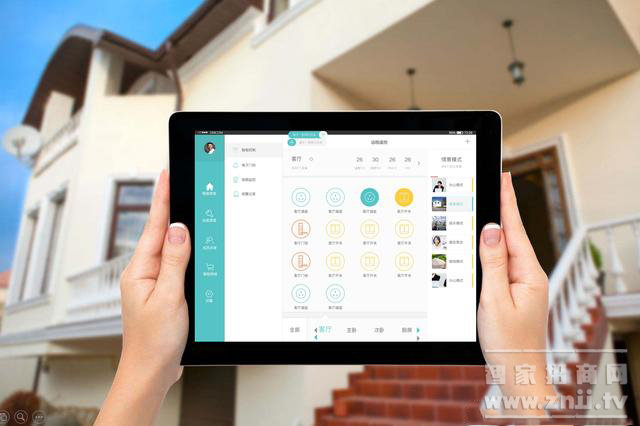
Smart home
Since Google acquired Nest in 2014, smart homes have experienced explosive growth. Including Haier, Midea and other traditional household appliance enterprises, Xiaomi, Huawei and other communications equipment companies, as well as BAT, Jingdong and other Internet companies have entered the smart home market, at the same time, smart home business team has mushroomed, and sought after by capital. However, from the concept to landing, smart home market performance is far from satisfactory.
Today, smart home entrepreneurial teams that have been sought after have largely disappeared, and smart home products that consumers really like are still few. Why is there a bottleneck in the landing of smart homes? When will the smart home's “air outlet†emerge?
Two major pain points for smart homes:
The lack of interoperability standards is the biggest development pain point for smart homes. Most of the current smart home products on the market are just adding Wi-Fi modules to the product so that the product can be remotely controlled by the mobile phone. This is obviously not true intelligence. The smart home industry needs a unified standard to allow the communication layer and device layer to achieve interoperability. Only by establishing this standard, smart home products have achieved sufficient linkage control, which has greatly improved the user's home life experience. This is truly a step toward smart life.

Smart home interconnection
In addition, many smart home companies only use smart home as a marketing gimmick and have never gone deep into the nature of smart homes. I believe that smart home should have at least three major features: First, functional and practical, will be "intelligent" is built on the premise of solving consumer home life; Second, energy saving and environmental protection, can help users save unnecessary consumption, it is best to also Can improve the space utilization; Third, the design is exquisite, smart home is home, need to meet the needs of the user decoration. The smart home products on the market do not achieve much of these three points.
What is the future of smart home?
1, the standard will gradually tend to unify
Recently, JD Micro and Little Swan released a smart washing machine. Based on the realization of remote control and interconnection, the one-click service business model has been added. We can see that the collaboration between vendors has started. This trend is worth thinking about. We must know that in the first two years, all types of smart home manufacturers want to be self-driven and become smart home entrances, such as Haier's U+, Millet's Mijia, and even e-commerce companies also hope to be their own leader, so that all home appliance companies are Use your own technology, such as Jingdong and Suning.
The development of smart homes needs to be open. Today, many organizations such as standard organizations, chip manufacturers, intelligent hardware manufacturers, and intelligent voice vendors are working hard to achieve interconnection. Many manufacturers have also started cross-border integration. For example, Haier has promoted its own U-home system platform, Xiaomi has created a smart home control center, and Jumei Youpin has established an independent brand, “Reemake Ruiâ€... It is foreseen that the future will be The platforms of various large-scale smart home manufacturers are at the core, and gradually produce industry standards. Smart households have evolved from single products to ecological evolution. The smart home ecology has gradually improved and the industrial development has accelerated.
2, smart home product technology upgrade

Smart home products
From the concept of smart home until today, smart home products have been continuously optimized and upgraded. From wired to wireless, from mobile phone APP control, to fingerprint recognition, voice interaction, smart home consumers, but also from technology enthusiasts, gradually covered by ordinary consumers, the age range is also more extensive.
In various exhibitions in 2016, intelligent lighting and smart security products received extensive attention. Nowadays, voice interactive smart home products, such as beep E's home smart beekeeper, Baidu's fish robot, and All kinds of smart speakers have become the focus of consumers.
With more and more consumers, the functions of smart homes will become more abundant and more convenient according to the needs of consumers. In the future, the smart home application scenarios may be based on the security, health, and convenience of home medical care. The scene of energy conservation and environmental protection continues to expand, and smart home products will enter every corner of home life and open smart life.
Summary: From 2011 onwards, China's smart home market has witnessed significant growth. Giants are rushing into the game and new products are emerging. After 2015, the smart home market seems to be no longer hot, but smart homes have begun to enter more and more families, and smart community projects have become more and more. In 2016, artificial intelligence technology began to integrate into smart homes. In products, in addition, the trend of interconnection has begun to take shape, and the re-emergence of the market may be only a matter of time. The next enthusiasm may be coming soon.
Dongguan Tuojun Electronic Technology Co., Ltd , https://www.fibercablessupplier.com